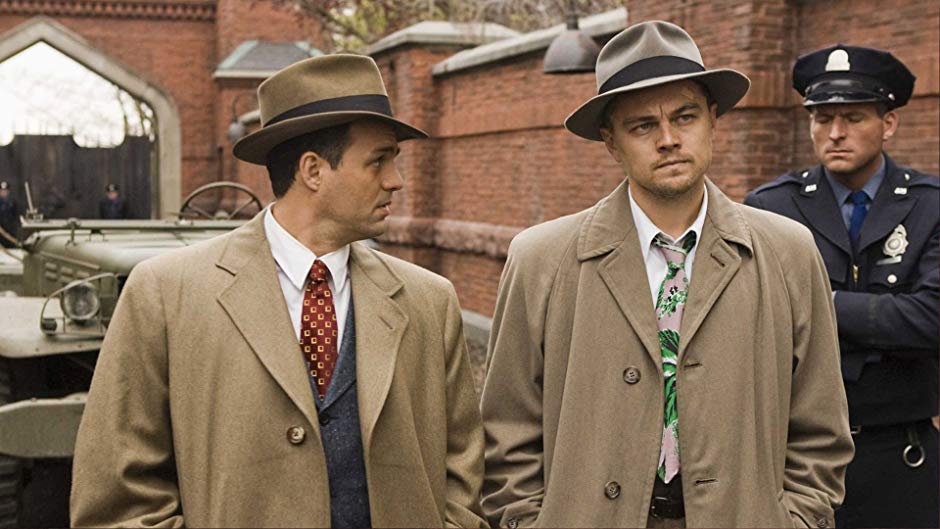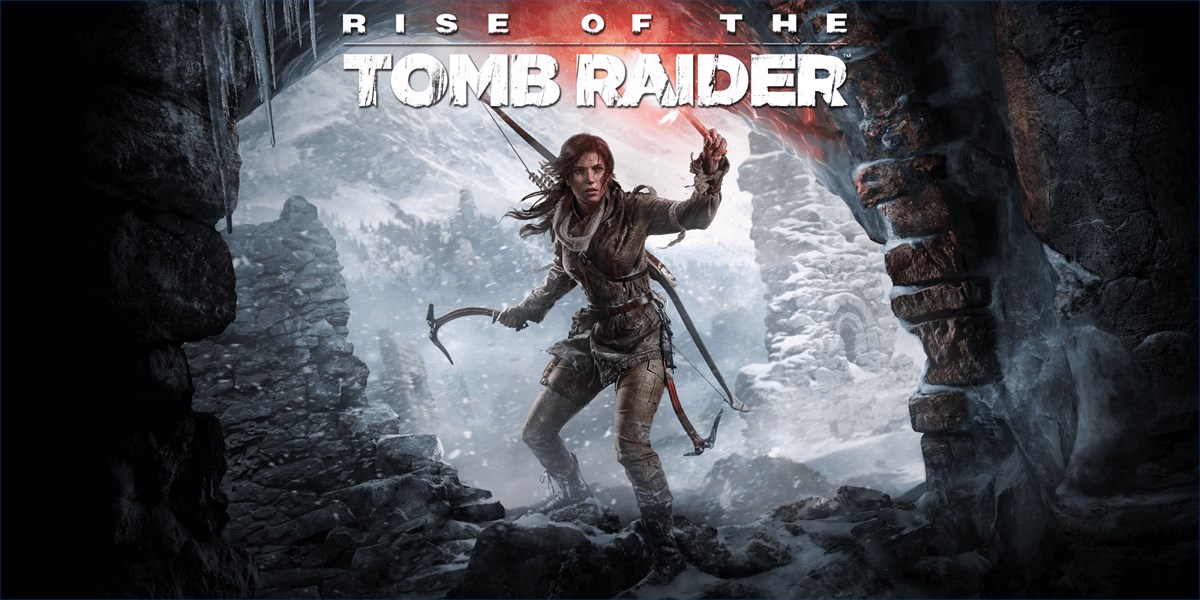This is the third part of another three-part blog series regarding details. You can find part one here and part two here.
The complexity of detail is a beautiful thing. True art is when two persons can examine its complexities and walk away with distinctly differing impressions. Such brilliance is difficult to develop, let alone channel into something prolonged like a story. While a piece of artwork can be examined in mere minutes, the narrative of the story takes countless hours to develop and unfold. But the payoff is worth it for everyone involved. But for complexity to succeed, it needs its sister harmony.
While the definition of harmony typically involves musical notes and chords, a lesser-known definition has to do with writing. Harmony can mean an interweaving of accounts into a singular narrative, like the Gospels of the Bible detailing the life of Jesus. Are they all distinctly complex? Absolutely, but they contain a common thread that unites the stories even in their differences. Ultimately, the complexity of detail in aggregate must be unified in an artful fashion that makes a cohesive impression.
Harmony and complexity must dance together. To any casual observer, dancing is simultaneously chaotic and coordinated. Likewise, a writer must dance between enhancing the story with continued detail, but also moving it forward in a purposeful direction. Let me make myself clear: this is the hardest aspect of writing and separates the solid from the exceptional. Patrick Rothfuss is most definitely in the latter category, his books master strokes from a man with a full command of the English language:
The third silence was not an easy thing to notice. If you listened for an hour, you might begin to feel it in the wooden floor underfoot and in the rough, splintering barrels behind the bar. It was in the weight of the black stone hearth that held the heat of a long dead fire. It was in the slow back and forth of a white linen cloth rubbing along the grain of the bar. And it was in the hands of the man who stood there, polishing a stretch of mahogany that already gleamed in the lamplight.
– The Name of The Wind
Aaron Ehasz is another such writer of tremendous harmonious complexity. The lead writer for the first few seasons of Avatar The Last Airbender, he went about crafting some of the most beloved characters in the story in a detailed fashion (Toph in particular). What makes the story of Avatar stand out is its melding of the fantastical with the believable, primarily by deploying complex characters in complex circumstances. Interestingly enough, harmony is a primary theme in the world.
Aaron has moved on to his own fantasy show The Dragon Prince. The first two episodes serve as a launching pad for the enrapturing first season, centered around an impending Elvish assassination of a human king. In less than an hour of a detailed narrative, Aaron has fully developed an entire cast of believable characters operating in thrilling and understandable scenarios. None of the detail is forced or confusing in this time span, making it all the more stunning in execution.
Star Wars Knights of the Old Republic is a video game that essentially redefined the franchise for the current generation of fans, subverting the entire understanding of Sith and Jedi. While the controlled hero actively explores the world in an experiential fashion, the story has repeated cinematic flashbacks to prior events. Early on in the game, these narratives run parallel to each other. Eventually, however, both of these threads collide in a shocking twist that spins the story like a twisting dancer.
The key for every writer seeking to harmoniously enhance their story with detail is for them to outline, outline some more, and then re-outline everything again. One cannot have harmony without planned order behind the scenes. Great vision is a natural part of this strategy, even if a writer has not fully developed that talent. My blog post Laying the Tracks from the Train dives into this issue:
If you are wondering what I mean by a great vision, I have a rather simple answer for you: it’s both grand and personal. I believe a writer must always know where they are ultimately headed. … It is important to reiterate that the grand vision of any writer’s story must be rooted in sound world building and characters that are three-dimensional. The rules of the world must be established and its lore never defied in the name of exciting idea creation.
So there you have it: subtlety, communication, and complexity. Every writer employs these three assets, but not are all equal in their execution. Likewise, every viewer comprehends at a different situational level, but they all appreciate these details whenever they are present. No one on either end of the fictional creation process should experience a deficiency in detail or have to suffer an overdose of poorly executed facts. Paying close attention should always be deeply rewarding!




